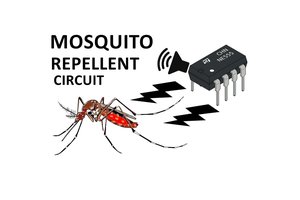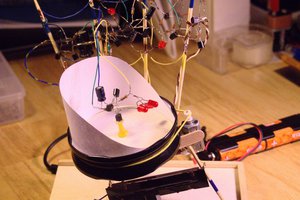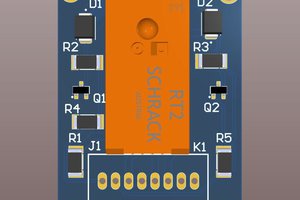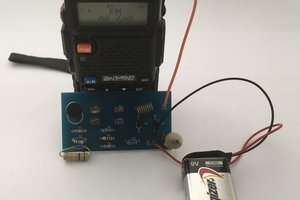Features of the Circuit:
1.Two modes of operation, turntable mode and shaking mode, any one to be used at a time.
2.Manual speed control for both modes.
3.For turntable mode, clockwise and anticlockwise modes are there, any one to be used at a time.
4.For shaking mode, the to and fro motion time can be controlled manually
In the following steps, we will learn the circuit from schematic to implemenation.
A 555 Timer based Turntable and PCB Shaker Circuit
555 timer with a motor driver to make a rotary turntable driver and a PCB shaker to etch PCBs, in a single circuit .
 Sayantan
Sayantan
 ElectroBoy
ElectroBoy
 bornach
bornach
 YTURacing
YTURacing